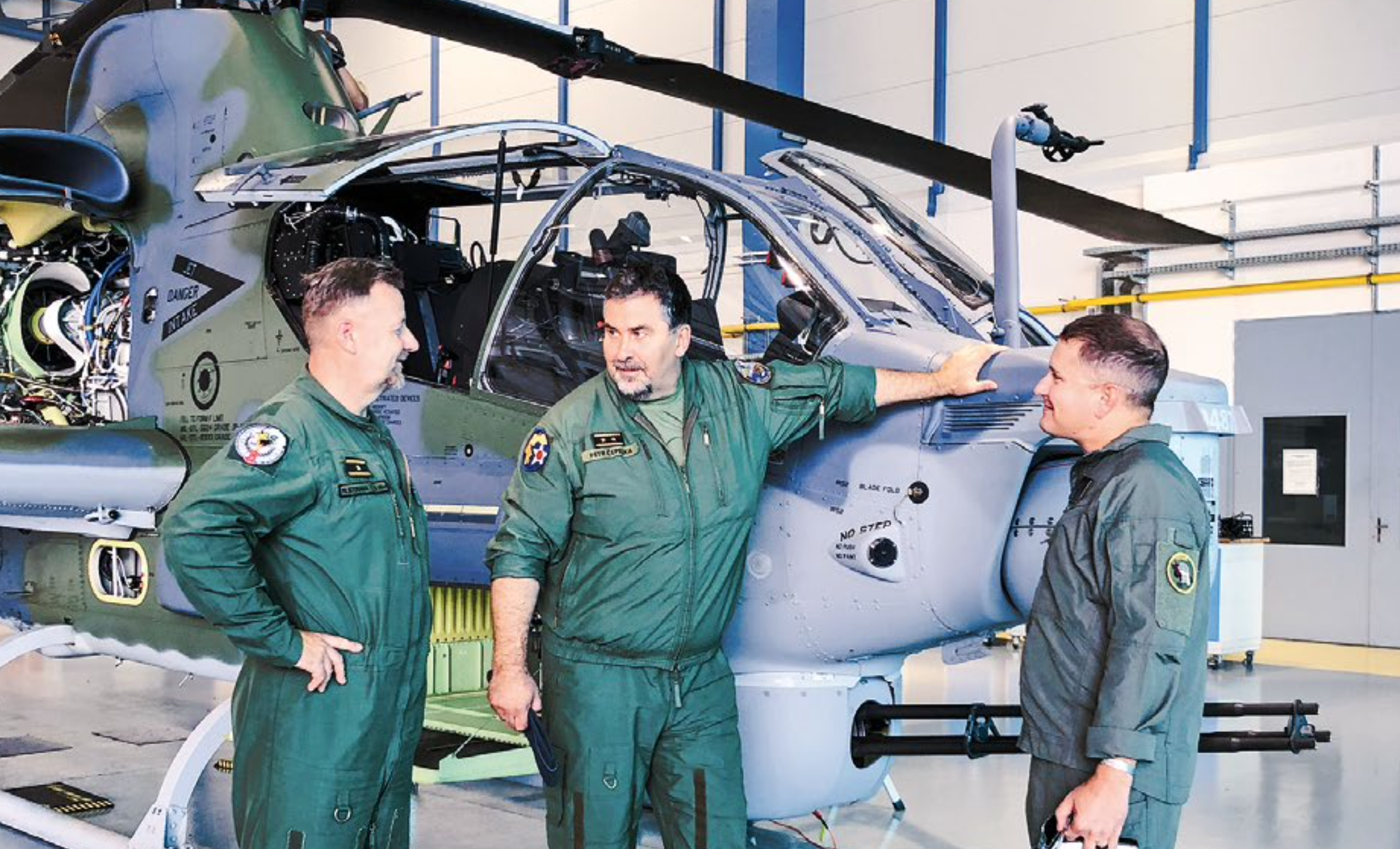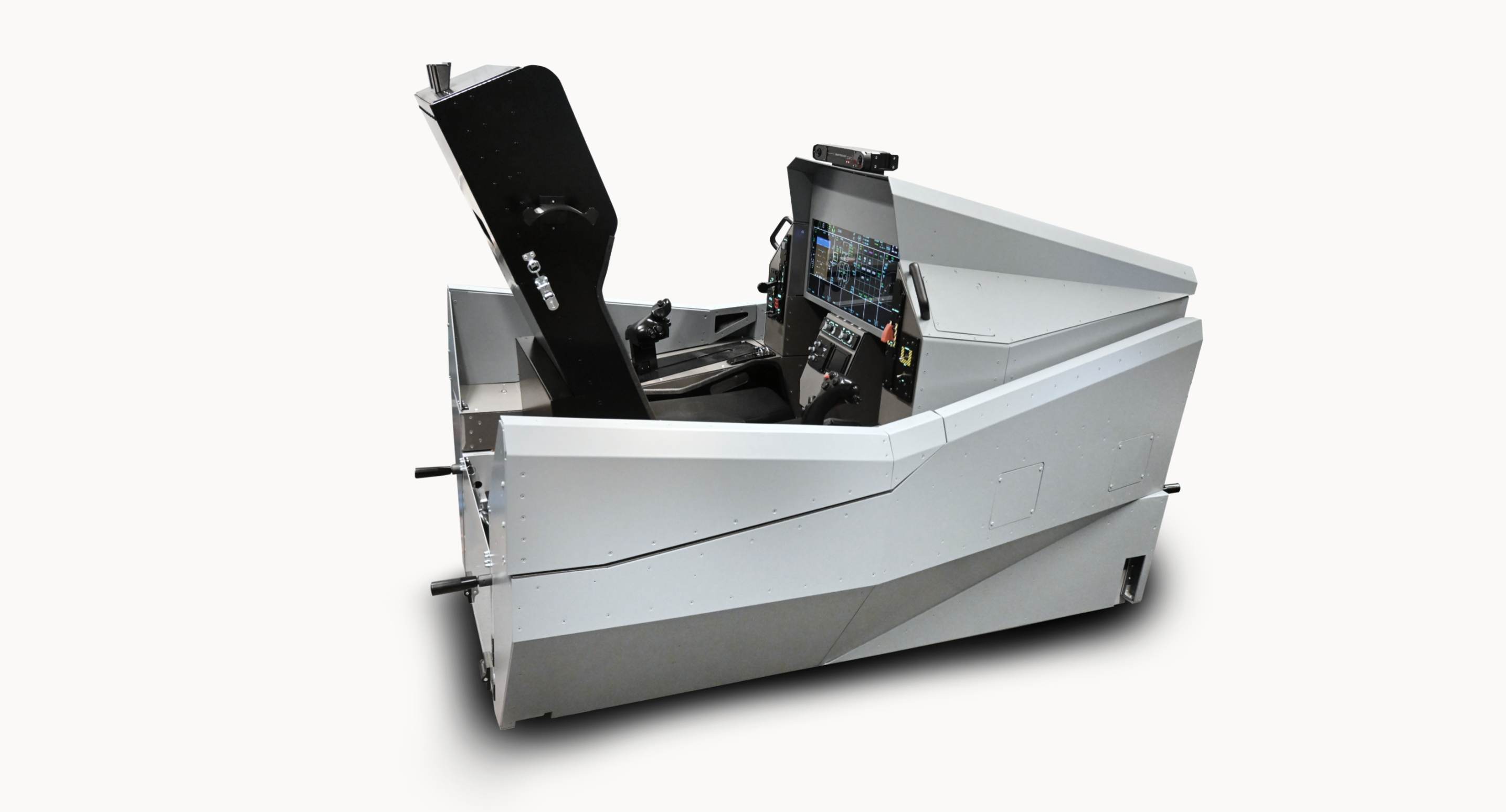The JAS-39 Gripen has been protecting the Czech skies for more than seventeen years. Since their first landing at their home base in Čáslav in April 2005, the fighter aircraft manufactured by the Swedish arms manufacturer Saab have been continuously performing their missions, during which the Gripens have flown more than 35,000 flight hours and participated in a large number of foreign missions and exercises. Thanks to the Gripen aircraft, the Air Force of the Czech Army has gained significant credit within the North Atlantic Alliance. The abbreviation JAS, which stands for Jakt – Attack – Spaning, i.e. fighter, attack, and reconnaissance, clearly expresses how Saab develops its machines. So that they are multi-purpose, able to perform different tasks within a single mission, and, most importantly, ready to protect airspace at any time. At a time when the Czech public needs to engage in a debate about the future of supersonic aviation, it is good to remind ourselves why Gripen aircraft are and will be the best choice for protecting the Czech skies.
But let’s start first things first. In 2027, when the current lease of 14 JAS-39 Gripen C/D aircraft ends, these machines will still have 50% of their service life ahead of them. In addition, as recently announced by the Swedish government, the possibility of transferring ownership of the Gripen C/Ds to the Czech Republic, at essentially zero cost, is on the table when the current lease expires. The modernization potential of the Gripen C/D is still very high. It can continue to develop its operational and tactical capabilities significantly, for example, gaining extended targeting range in air-to-air operations, improved surveillance range and better coordination of operations with ground forces, enhanced communications capabilities, and improved weapon capabilities, including state-of-the-art Meteor missiles that bring a major advantage in beyond-visual-range (BVR) combat over adversaries. However, this is only a very brief list of the Gripen C/D’s modernization potential. And that this is a sensible path is demonstrated by the recent steps taken by Sweden and Hungary for their air forces. With the latest upgrade block, called MS20Block2.2, the Gripen C/D represents one of the most modern and capable platforms on the market today, at least until 2040, when the Gripen C/D variant will be operated by the aforementioned Swedish Air Force.
Secondly, Gripen aircraft stand out for their exceptionally high reliability. In other words, unlike its competitors, the Gripen is combat-ready and not just sitting in a hangar somewhere. There are several studies and analyses, which also serve the committees of the US Congress, which clearly state that the Gripen is 80% ready for combat, while the combat capability of the F-35 aircraft is at a maximum of 54%, and this is only the case for some variants of the US bomber, while for other versions it is even significantly lower. Another of its capabilities also speaks for the Gripen. This aircraft can operate from roadways, short-runway alternate airfields, or even just taxiways. This is a great strategic advantage for a country like the Czech Republic. As the war conflict in Ukraine has quickly shown, if an airport is hit by enemy missiles, the air force will be put out of action very quickly. Gripens can be deployed to various locations even without adequate infrastructure and can continue to be deployed to carry out tasks. Gripen needs minimum personnel and can take off and land without ground guidance on the airfield. In fact, Gripen does not need an airfield at all, it just needs a paved road, a straight stretch of road. Completely unthinkable in the case of the F-35.
Another unquestionable advantage of the Gripen is the cost per flight hour. When selecting an aircraft, the government should consider not only the cost of acquiring the machine but especially the cost of operating the fighter aircraft over its lifetime. In other words, there must be a budget not only for their acquisition but more importantly to provide funds for their operation, personnel, necessary infrastructure, and possible future upgrades. Thanks to Gripen aircraft, Czech pilots have flown many more hours than, for example, their counterparts in many European air forces, which clearly contributes to their high credibility within NATO. It would be sad if Czech pilots were to lose this privilege and have to make do with very low flight hours, as happens, for example, in Austria, which has many problems financing the operation of its Eurofighter aircraft.
But even here the list of arguments for Gripen does not end. Another is the Swedish approach to upgrades. The Gripen keeps in constant contact with the development of adversary fighter aircraft. The traditional model of upgrading fighter aircraft usually takes place in longer cycles. But the Russian threat on Sweden’s eastern borders is permanent, which has led manufacturers to design aircraft that are not only “agile” and versatile, but also very flexible and modular in the design of services around them. The modernization cycle is reduced to a minimum, is essentially permanent, and, moreover, can be carried out within individual segments as required by the customer and the missions for which the aircraft is used. The Gripen, which landed here in 2005, was a completely different aircraft in terms of capabilities than the one used today by pilots to guard not only our airspace but also, for example, the airspace in the Baltic States, where Czech Gripen pilots have been taking care of the airspace security of the alliance partners for the seventh time as part of the NATO Baltic Air Policing mission.
In conclusion, we cannot but reflect on one more aspect. As can be seen in neighboring countries, deliveries of US systems have been plagued by delays and backlogs. If Gripen aircraft is retained, there will be no loss of tactical and operational capabilities of the Air Force, which is usually the case when new systems are introduced to the Air Force. The eventual retraining of technicians and pilots from Gripen C to Gripen E is a matter of a few weeks. It is not financially demanding, as well as the significant investments in infrastructure that would necessarily occur in the case of the transition to the F-35 are eliminated. A change of platform could now lead to the Czech Republic finding itself without its own supersonic air force for a certain period of time, as is the case with Bulgaria or Slovakia, which has already asked the Czech Republic to protect its airspace due to significant delays in the delivery of US aircraft. The modernization of the current Gripen C/D aircraft, the expansion of the number of aircraft, and then a smooth transition to the most modern Gripen E version would be the most advantageous way for the Czech Republic to continue to ensure the protection of the country’s airspace, at least until 2070.










